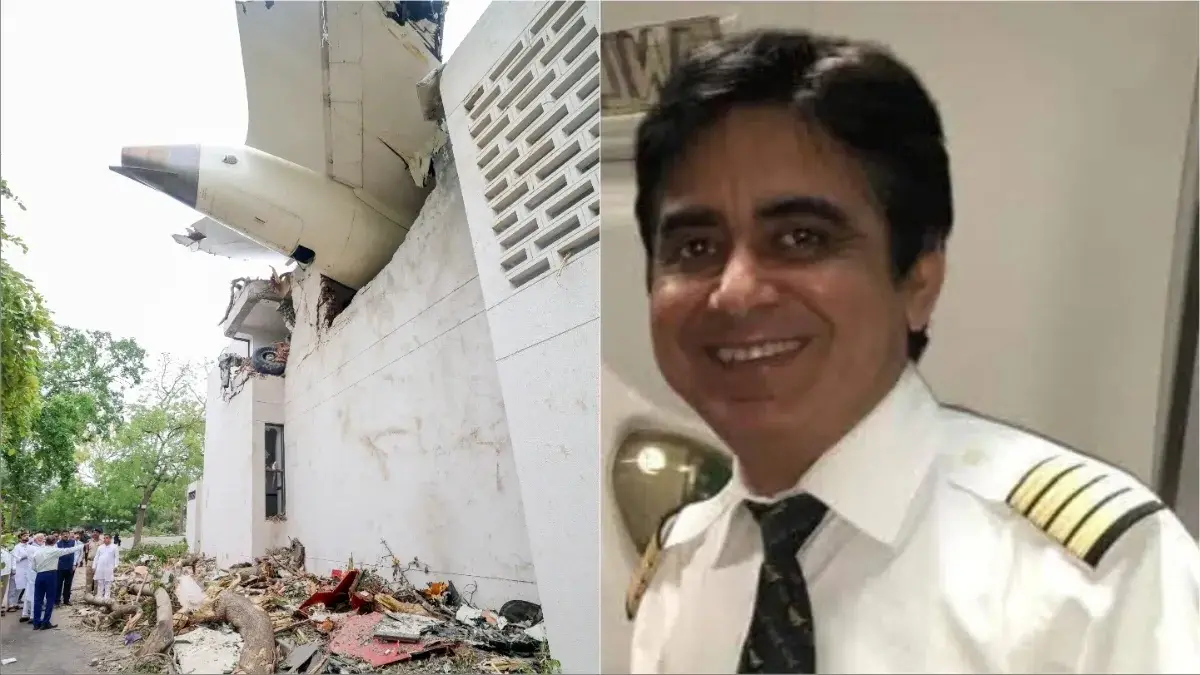The last desperate message from Air India flight AI171’s pilot, Captain Sumit Sabharwal, still echoes in the memories of aviation experts and investigators: “Mayday, Mayday, Mayday… thrust not coming, power dropping, plane not lifting… we will not survive.” This urgent call for help was transmitted to the Air Traffic Controller (ATC) mere seconds before the Boeing 787-8 Dreamliner crashed shortly after takeoff from Ahmedabad to London.
Within 4-5 seconds, Captain Sabharwal managed to send this critical “Mayday” alert to ATC. However, when ATC immediately tried to re-establish contact, there was no response. Officials suspect that by this time, both engines had failed, and the aircraft began its catastrophic descent.
Captain Sumit Sabharwal: An Experienced Pilot Lost in the Tragedy
Veteran pilot with over 8,200 flight hours was in command of the ill-fated flight; DGCA confirms emergency call before crash
Captain Sumit Sabharwal, the pilot-in-charge of flight AI171, was among the 242 lives lost in the tragic accident. With over 8,200 flight hours of experience, Captain Sabharwal was known for his professionalism and calm demeanor. According to the Directorate General of Civil Aviation (DGCA), he had issued the “Mayday” call immediately upon encountering the emergency, but the plane crashed suddenly during takeoff.
Understanding the ‘Mayday’ Call: The Universal Distress Signal in Aviation Emergencies
What triggers a ‘Mayday’ call, its significance, and how it mobilizes emergency response teams
The word “Mayday” is the internationally recognized distress call a pilot sends when the aircraft faces a critical emergency and immediate assistance is required. Originating from the French phrase “m’aider” meaning “help me,” the call is repeated three times over the radio: “Mayday, Mayday, Mayday,” followed by the pilot’s description of the problem and location.
Pilots issue a Mayday call in situations such as engine failure, onboard fire, imminent collision risk, cockpit system malfunctions, hijacking, or terrorist attacks. Once ATC receives a Mayday, the aircraft is given utmost priority, and airport emergency services are immediately activated.
Black Box and DVR Recovery: Tools That Will Unravel the Cause of the Crash
Investigators turn to flight data recorders to decode the final moments and technical anomalies
In the wake of the crash, investigators recovered the Digital Video Recorder (DVR) and the aircraft’s black box — the crucial devices that record cockpit conversations and flight parameters.





